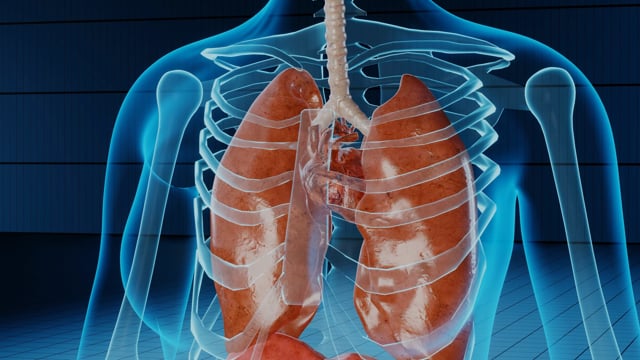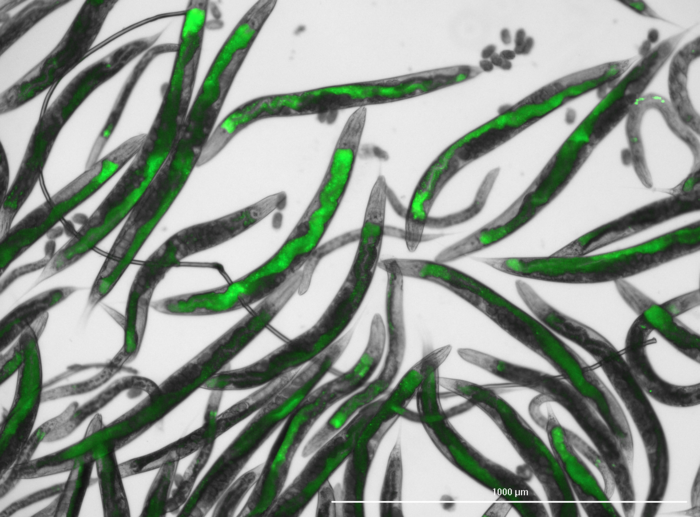Injection molding is an essential manufacturing process that can create numerous, uniform parts of superior quality used in many industries. One of these materials that stands out among the multiple ones used for this process is ABS (acrylonitrile butadiene styrene) plastic due to its combination of strength, malleability, and ease of use. This blog will focus on ABS Injection Molding, its applications, benefits, and implications for future manufacturing.
Understanding ABS Injection Molding
This is an injection molding type, whose primary material is a plastic known as ABS plastic. By virtue of all these outstanding features, this class of thermoplastic polymer contains impact strength, high tenacity, and heat resistance. The steps involved in the ABS injection molding cycle include melting the injected plastic into the mold cavity and cooling it till it gets solid. This makes it highly efficient making it suitable for producing complex parts with a high precision in large amounts.
Advantages of ABS Plastic Molding
Strength and Durability
ABS plastics have good strength and ability to withstand impacts. Their best fit includes automotive parts, consumer electronics, and industrial equipment which require durability.
Versatility
With ABS plastic molding one can make parts that have complex shapes as well as intricate designs. It takes colors easily and can be painted or plated thus giving manufacturers a wide choice.
Cost-effectiveness
Compared to other engineering polymers, ABS is quite cheap. Due to their environmental friendliness, they can be recycled reducing their cost further causing its demand by many industries.
Chemical Resistance
Even though there are some acids such as alkalis and oils that destroy them, this type of molded part could maintain its integrity under harsh conditions caused by chemicals.
Ease Of Machining
Through machining, ABS plastic may be able to get machined through drilling sanding, or any other post-mold modifications that may entail specific uses at hand.
Applications of ABS Injection Molding
A variety of applications are suitable for ABS plastics because they can easily be shaped as per the need. Some common applications include:
Automotive Industry
For example, ABS is used for making dashboard components, interior trims, and exterior parts because it is both strong and attractive.
Consumer Electronics
It is a suitable material for housing electronics such as televisions, computers, or smartphones due to its ability to absorb impact and provide a smooth surface finish.
Toys and Recreational Equipment
This material’s safety along with durability makes it perfect for producing toys, sporting goods or even protective gear.
Medical Devices
The medical field uses ABS to produce equipment and devices that must be sterilized and worn off resilient features.
Conclusion
Plastic molding including additive manufacturing is perhaps one of the cornerstones of today’s manufacturing practices given the fact that it is efficient and relatively cheaper primarily in producing rigid, durable functional, and precisely shaped parts. Due to its versatility, ABS injection molding is applied in a wide variety of fields beginning from automobiles, and home appliances and reaching through electronics items and sporting goods. In this regard, the opportunities for variation and development of new functions of form are almost limitless. No doubt, ABS plastic molding will be vital in shaping the future of production as companies seek fresh opportunities to cater to the needs of a rapidly transforming world.







